Welcome to the ultimate showdown between robotic and manual vacuum cleaners! In this article, I will uncover the pros and cons of each type to help you make an informed decision. Whether you’re a tech-savvy homeowner or prefer traditional cleaning methods, we’ll explore the features and benefits that will suit your needs.
Key Takeaways:
- Robotic vacuum cleaners offer convenience and automated cleaning.
- Manual vacuum cleaners provide more control and precision for specific cleaning tasks.
- Robot vacuums excel in advanced navigation and mapping capabilities.
- Manual vacuums are generally more budget-friendly.
- The choice between the two depends on personal preferences, cleaning needs, and budget.
Comparing Robot Vacuum Navigation Skills
The navigation skills of robot vacuums are essential for their cleaning capabilities. When it comes to robot vacuum navigation, there are different technologies and approaches that determine their effectiveness in mapping the environment and avoiding obstacles.
Robot vacuums equipped with laser-guided lidar navigation systems or 3D-mapping cameras with object recognition tend to excel in this aspect. These advanced technologies enable them to create accurate maps of the surroundings, detect obstacles, and navigate efficiently.
An exemplary robot vacuum that utilizes both laser-guided lidar and 3D-mapping cameras is the Roborock S7 MaxV Ultra. This model showcases exceptional navigation skills, effortlessly maneuvering through a variety of floor layouts and avoiding obstacles with precision.
On the other hand, some robot vacuums rely solely on cameras and sensors for navigation. While these models can still perform adequately, they may have limitations in accurately mapping the environment and avoiding obstacles. This can result in less efficient cleaning and the possibility of the vacuum getting stuck or missing certain areas.
Advantages of Laser-Guided Lidar Navigation and 3D-Mapping Cameras:
- Accurate mapping of the environment
- Precise obstacle avoidance
- Efficient and thorough cleaning
Limitations of Camera and Sensor-Based Navigation:
- Potential inaccuracies in mapping
- Less effective obstacle avoidance
- Greater chances of getting stuck or missing areas
When considering a robot vacuum purchase, it is important to take into account the navigation capabilities of the model. If you have a complex floor layout or many obstacles in your home, opting for a robot vacuum with laser-guided lidar navigation or 3D-mapping cameras could offer a significant advantage in terms of efficient cleaning and obstacle avoidance.
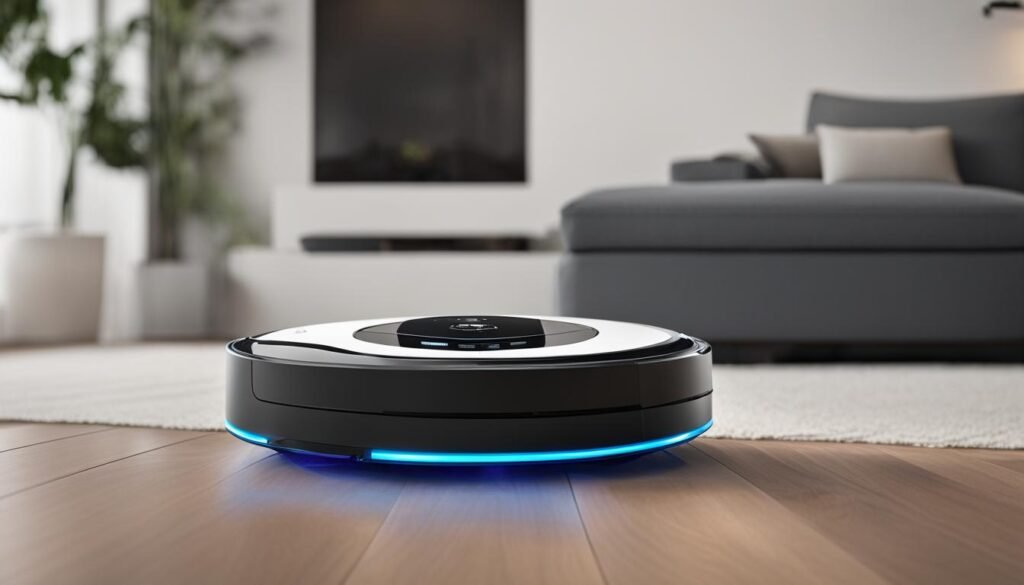
Comparing the Roomba i3 EVO and i7 Robot Vacuums
When it comes to robot vacuums, iRobot is a leading brand known for its innovative and reliable models. Two popular options from iRobot are the Roomba i3 EVO and the Roomba i7. Both models offer impressive performance and advanced features, making them worthy contenders in the robot vacuum market.
Let’s take a closer look at the key differences and similarities between the Roomba i3 EVO and i7 to help you make an informed decision.
i3 EVO vs i7: Performance and Intelligent Mapping
Both the Roomba i3 EVO and i7 deliver powerful suction and efficient cleaning on various floor types. They are equipped with intelligent mapping capabilities, which allow them to navigate and clean your home seamlessly.
- The Roomba i3 EVO offers a longer battery life, ensuring more cleaning time before it needs to recharge.
- The i7, on the other hand, boasts exceptional navigation capabilities thanks to its integrated camera. This allows for more precise mapping and efficient cleaning.
While both models provide impressive performance, the i7’s advanced navigation features give it an edge in terms of accuracy and thoroughness.
Comparing Key Features
Here’s a breakdown of the key features and specifications of the Roomba i3 EVO and i7:
| Features | Roomba i3 EVO | Roomba i7 |
|---|---|---|
| Battery Life | Long-lasting battery for extended cleaning sessions | Standard battery life |
| Dustbin Capacity | Larger capacity for less frequent emptying | Standard dustbin size |
| Navigation | Smart navigation for efficient cleaning | Advanced mapping with integrated camera |
| Suction Power | Powerful suction for effective cleaning | Exceptional suction for deep cleaning |
| Price | Affordable option | Higher price point |
As seen in the table above, the Roomba i3 EVO offers advantages in terms of longer battery life, larger dustbin capacity, and a more budget-friendly price. On the other hand, the Roomba i7 excels in advanced navigation abilities and exceptional suction power.
Ultimately, the right choice between the Roomba i3 EVO and i7 depends on your specific needs and priorities. If you value longer cleaning sessions and a larger dustbin capacity, the i3 EVO might be the better fit. However, if navigation capabilities and superior suction power are paramount, the i7 could be the ideal choice.
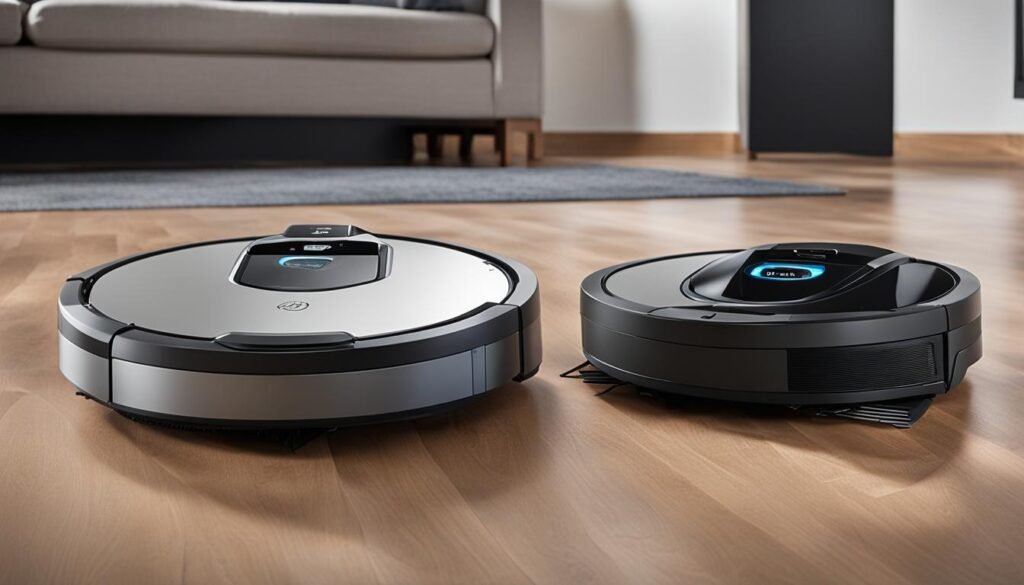
Remember to consider your budget and cleaning requirements when making your decision. Both the Roomba i3 EVO and i7 are reliable options that can help automate your cleaning routine and keep your home spick and span.
Conclusion
When it comes to vacuum cleaner comparison, choosing between a robotic vacuum cleaner and a manual vacuum cleaner depends on several factors. Robot vacuum cleaners offer convenience and automated cleaning, thanks to their advanced navigation and mapping capabilities. They excel at picking up daily dirt and debris, making them a great choice for busy households.
On the other hand, manual vacuum cleaners provide more control and precision when cleaning specific areas or tackling tough stains. They are generally more affordable and allow for manual adjustments to effectively clean different surfaces. Manual vacuum cleaners are also a popular choice for those who prefer a hands-on approach to cleaning.
In the quest for the best robot vacuum cleaner, it’s important to consider personal preferences, cleaning needs, and budget. While robotic vacuum cleaners offer automated convenience, manual vacuum cleaners provide more hands-on control. It’s a matter of weighing the pros and cons of robot vacuum cleaners and understanding their limitations for specific cleaning tasks.
In conclusion, there is no one-size-fits-all answer to the robotic vs manual vacuum cleaner debate. Both types of vacuum cleaners have their advantages and disadvantages. It’s crucial to make an informed decision based on individual needs and preferences. Whether it’s the convenience of automation or the precision of manual cleaning, finding the right vacuum cleaner is essential for maintaining a clean and healthy home.
FAQ
What are the advantages of a robotic vacuum cleaner?
Robotic vacuum cleaners offer convenience and automated cleaning. They have advanced navigation and mapping capabilities, making them great for picking up daily dirt and debris.
What are the disadvantages of a robotic vacuum cleaner?
Robotic vacuum cleaners may have limitations in accurately navigating and avoiding obstacles. They may also not provide the same level of control and precision as manual vacuum cleaners.
What are the pros of a robotic vacuum cleaner?
The pros of a robotic vacuum cleaner include convenience, automated cleaning, advanced navigation, and mapping capabilities.
What are the cons of a robotic vacuum cleaner?
The cons of a robotic vacuum cleaner include limitations in navigation and obstacle avoidance, as well as potentially lower control and precision compared to manual vacuum cleaners.
What are the advantages of a manual vacuum cleaner?
Manual vacuum cleaners provide more control and precision when cleaning specific areas or tackling tough stains. They are also generally more affordable.
What are the disadvantages of a manual vacuum cleaner?
The disadvantages of a manual vacuum cleaner include the need for manual effort and time for cleaning, compared to the automated cleaning of robotic vacuum cleaners.
Which is the best robotic vacuum cleaner?
The best robotic vacuum cleaner depends on individual preferences and needs. Some top performers include the iRobot Roomba Combo J7 Plus, Dreametech DreameBot D10 Plus, and Roborock S7 MaxV Ultra. It’s important to consider factors like performance, navigation, and price when choosing the best one for you.
What is the difference between the Roomba i3 EVO and i7 robot vacuums?
The Roomba i3 EVO has a longer battery life, larger dustbin capacity, and a lower price compared to the i7. The i7 excels in navigation capabilities with its integrated camera and offers exceptional suction power. The choice between the two depends on specific needs and preferences, such as battery life, dustbin capacity, and navigation features.
Should I choose a robotic vacuum cleaner or a manual vacuum cleaner?
The choice between a robotic vacuum cleaner and a manual vacuum cleaner depends on personal preferences, cleaning needs, and budget. Robotic vacuum cleaners offer convenience and automated cleaning, while manual vacuum cleaners provide more control and precision. Consider factors like automated cleaning, navigation capabilities, control, and price to make an informed decision.
What should I consider when choosing a robot vacuum cleaner?
When choosing a robot vacuum cleaner, consider factors like performance, navigation capabilities, mapping features, suction power, battery life, dustbin capacity, and price. Look for models with advanced navigation systems like laser-guided lidar or 3D-mapping cameras for better navigation and obstacle avoidance.

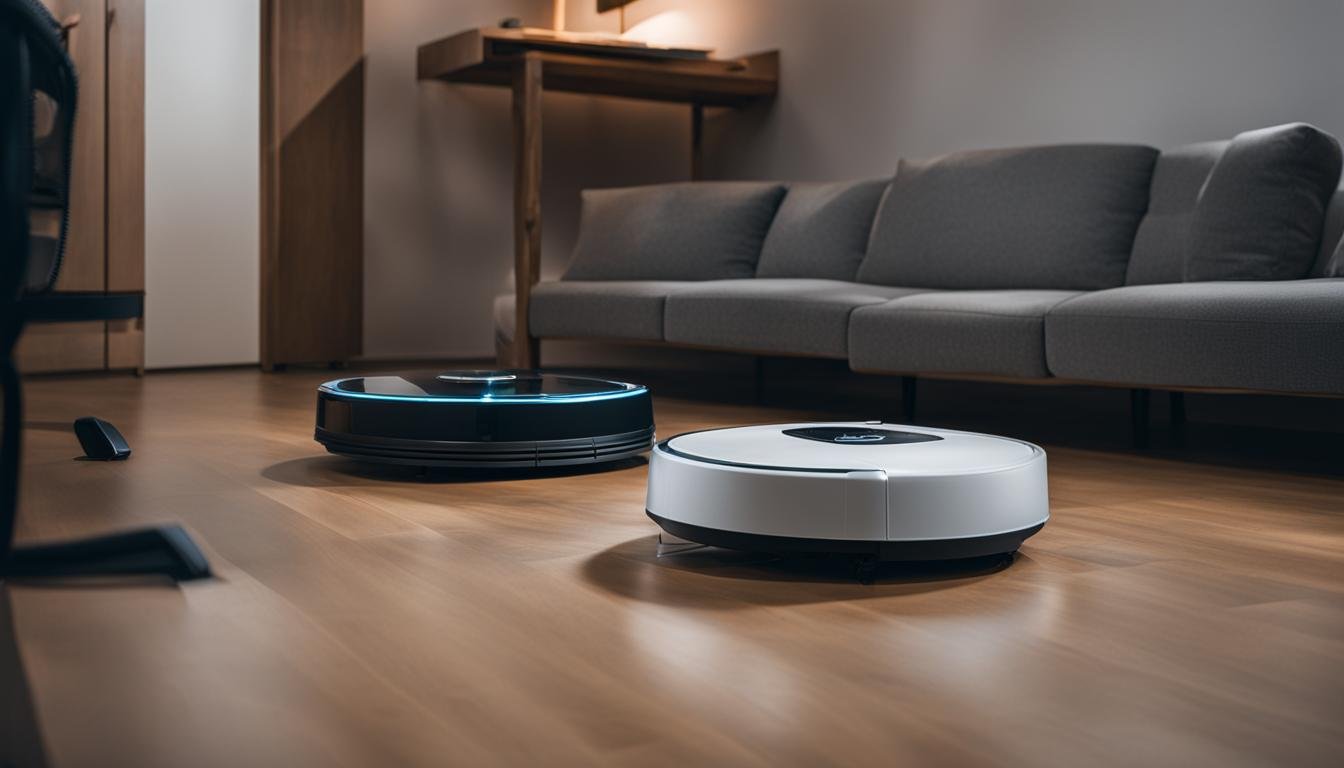
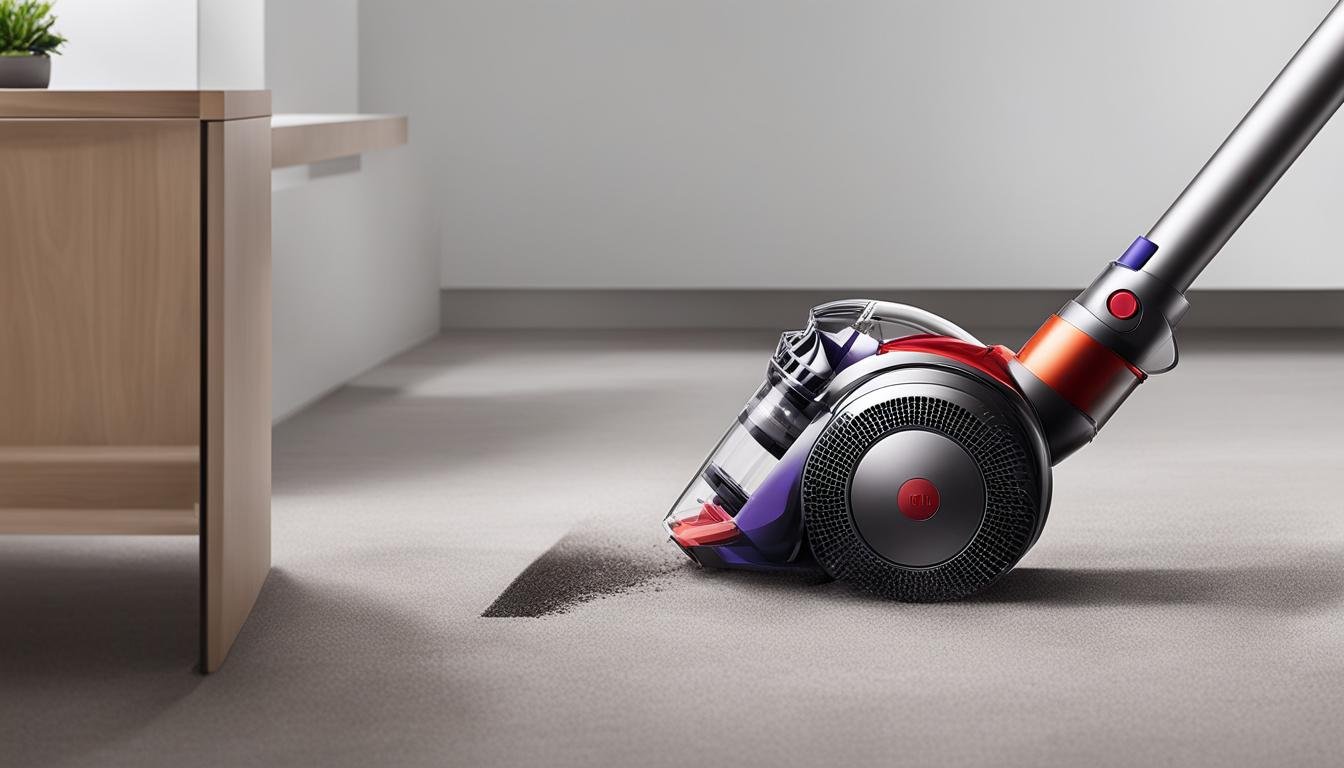
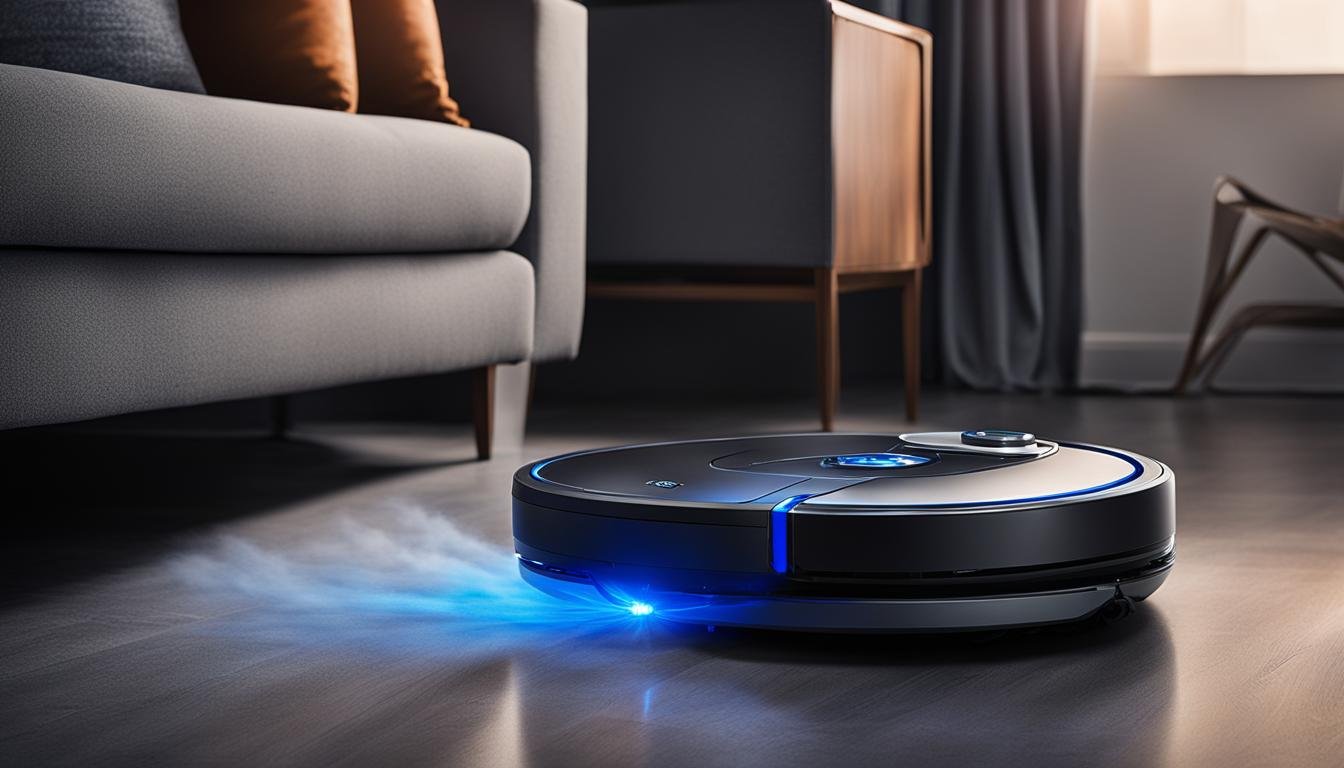
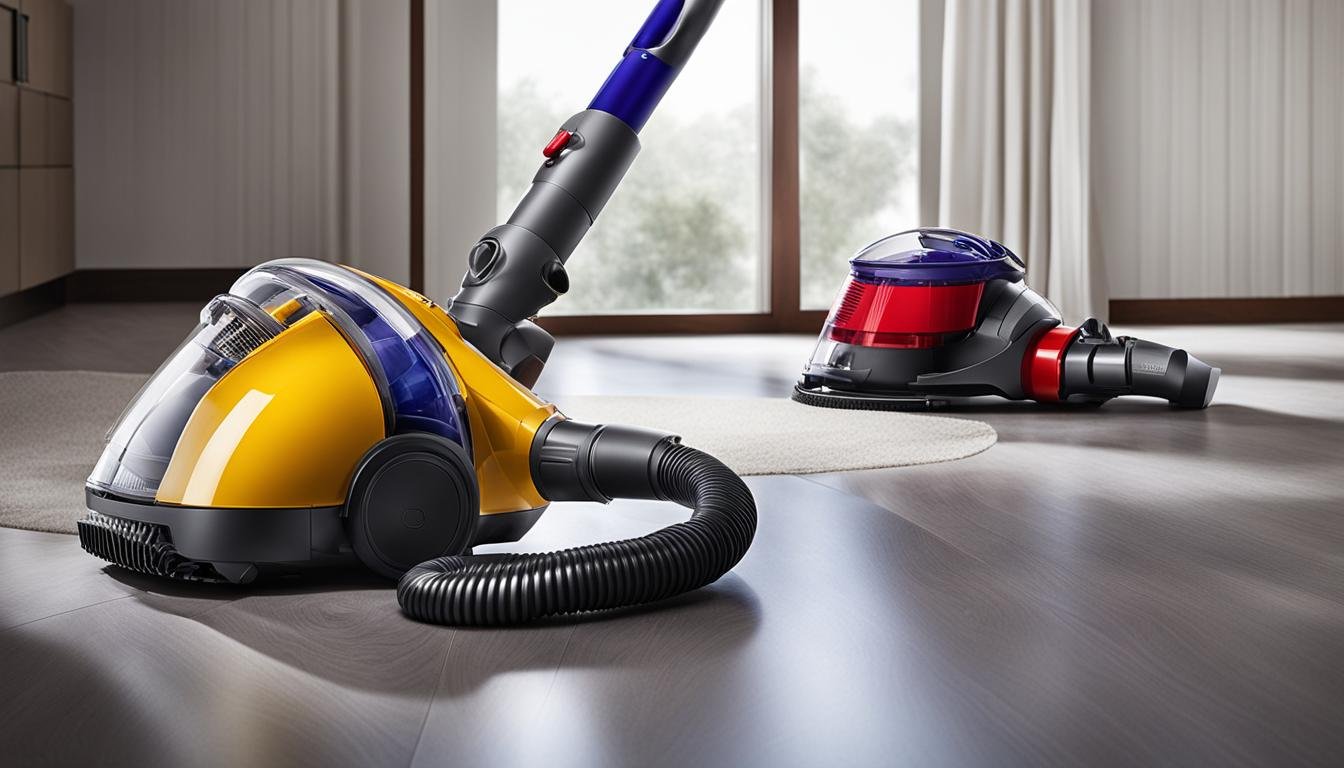

Leave a Reply